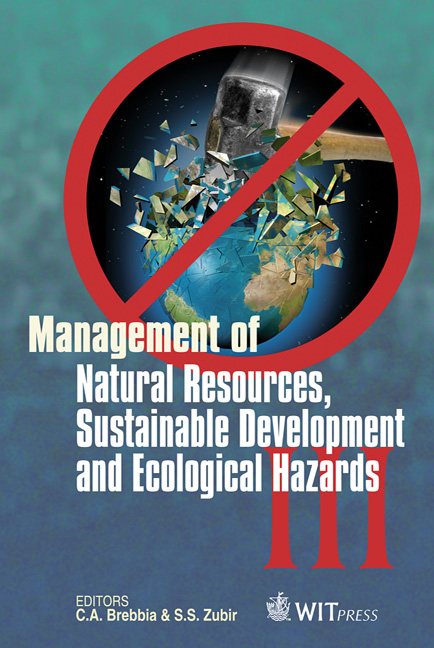Children’s Risks On Their Way To School: The Example Of Tallinn
Price
Free (open access)
Transaction
Volume
148
Pages
10
Page Range
529 - 538
Published
2011
Size
1,071 kb
Paper DOI
10.2495/RAV110481
Copyright
WIT Press
Author(s)
T. Rõivas, D. Antov, T. Oja, K. Abel & E. Sepp
Abstract
Rapid motorization development contributes to serious consequences in traffic situations in many countries. This can be seen in the statistics of traffic accidents involving children aged 0–15 as well as in the growing share of car use in children’s school transportation. In Estonia, the traffic fatality risk (risk of death due to a traffic accident) is 2– 7 times higher than in other European countries with high motorization. In last years the number of children traffic fatalities has not increased. However, the number of traffic accidents involving children has increased while the number of injured children in traffic accidents has a similar trend. About 50% of traffic accidents involving children in Estonia take place in the two biggest cities –Tallinn and Tartu. Estonian Road Administration in cooperation with the University of Tartu conducted a project \“My Way to School” in the schools of Tallinn The main object of this project was to determine children’s own risk assessment among the fourth year pupils of Tallinn. The project also teaches children to get familiar to the surroundings of their home and school, as well as to highlight dangerous places in terms of traffic risks. The survey was prepared in the form of questionnaires including maps specially prepared for the fourth year pupils. The questionnaires and maps (scale 1:7500) of the surrounding area were compiled for schools. The pupils were asked to describe their everyday movements (mode and route) from home to school and to point out the intersections, pedestrian crossings, bus stops and other locations which appear to them to be dangerous.
Keywords
road safety, risk assessment, accident analysis, travel behaviour, transportation planning





